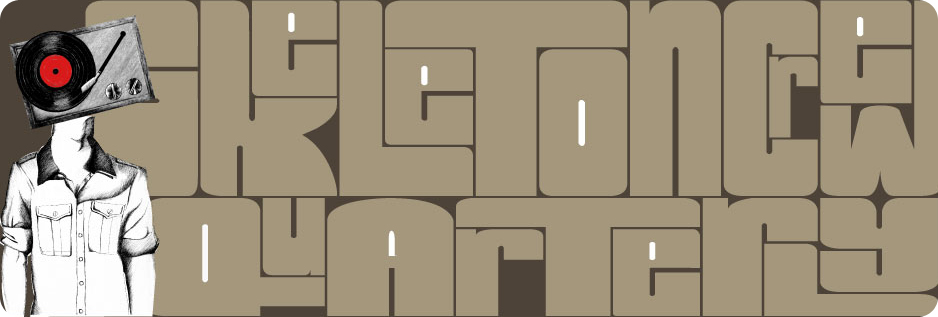
Concentration
Dog Day
Outside Music.
SCQ Rating: 81%
So I’m listening to ‘You Won’t See Me On Sunday’ and minding my own business when I uncover how closely that seventh track off Concentration resembles The Pains of Being Pure At Heart’s ‘Come Saturday’. Is this a witty rebuke? Perhaps a chance combination of chords? In either case I’m bothered. It’s one thing for critics to launch The Pains of Being Pure At Heart into their fifteen minutes as if they’re the next messiahs of hipster-cool, but if that means a truly awesome band by the name of Dog Day ends up playing second fiddle, I take issue. Regardless of who wrote which first, there’s no questioning that ‘You Won’t See Me On Sunday’ is the stronger song; growing from its initial riff and exercising some expert guitar-swagger before spiraling into a moody overcast those Brooklyn kids could only dream of creating.
Enough blogosphere comparisons… Dog Day deserve better company (like Sonic Youth, who they share producer John Agnello with) thanks to Concentration, the Halifax-based quartet’s third album; a brooding collection that marries addictive songwriting with dissonant flourishes, ensuring its audience never gets too comfortable. Such mood-shifts are evident as early as in ‘Neighbour’, where an innocent party-invitation – from the “forces of darkness”, no doubt – turns sinister with Nancy Urich and Seth Smith trading ominous cups of sugar amid driving minor-chords. Or take the sympathetic string-picking of ‘Don’t Worry About the Future’, a song that consoles the listener’s anxiety with Smith’s casual intonation while subtle waves of tension shift and spike. Best yet is how ‘Judgement Day’’s taut anticipation allows some open-ended chords to punch through, reminding us that Concentration is as much about rock as it is about mood.
On that note, Concentration offers a few single-worthy tunes to contrast their drearier side. The celebratory ‘Wait It Out’ is a break-up daydream, where an insular relationship is prepped for self-destruction along with driving percussion and playful bass-lines. Moments later we’re dancing to the rousing ‘Saturday Night’, where Smith remarks:
“It’s Saturday night/
let’s ride the crazy wave of anticipation/
until we get let down.”
These nights on the town, detailed as both drunken and hollow, act as the setting for an album as nocturnal and nonchalant as Concentration. Yet they also set the stage for ‘Peace’; a late-night phone-call to weariness that exemplifies decadence with chiming electric guitars and echoed vocals. That an album of greatly converging moods closes with such a strong statement should hardly surprise fans of Dog Day, since the foursome were formerly spare-parts of well-known indie and hardcore bands. Still, as someone who recently discovered Dog Day and is fighting to ignore any instinctive tendencies to write in journalistic smoke and mirrors, this is an album carefully built to bare no expiry date. And for that reason alone, Concentration should, with any justice, outlast the few dozen indie-rock, internet-prodigies still lurking beneath Myspace this year.


























